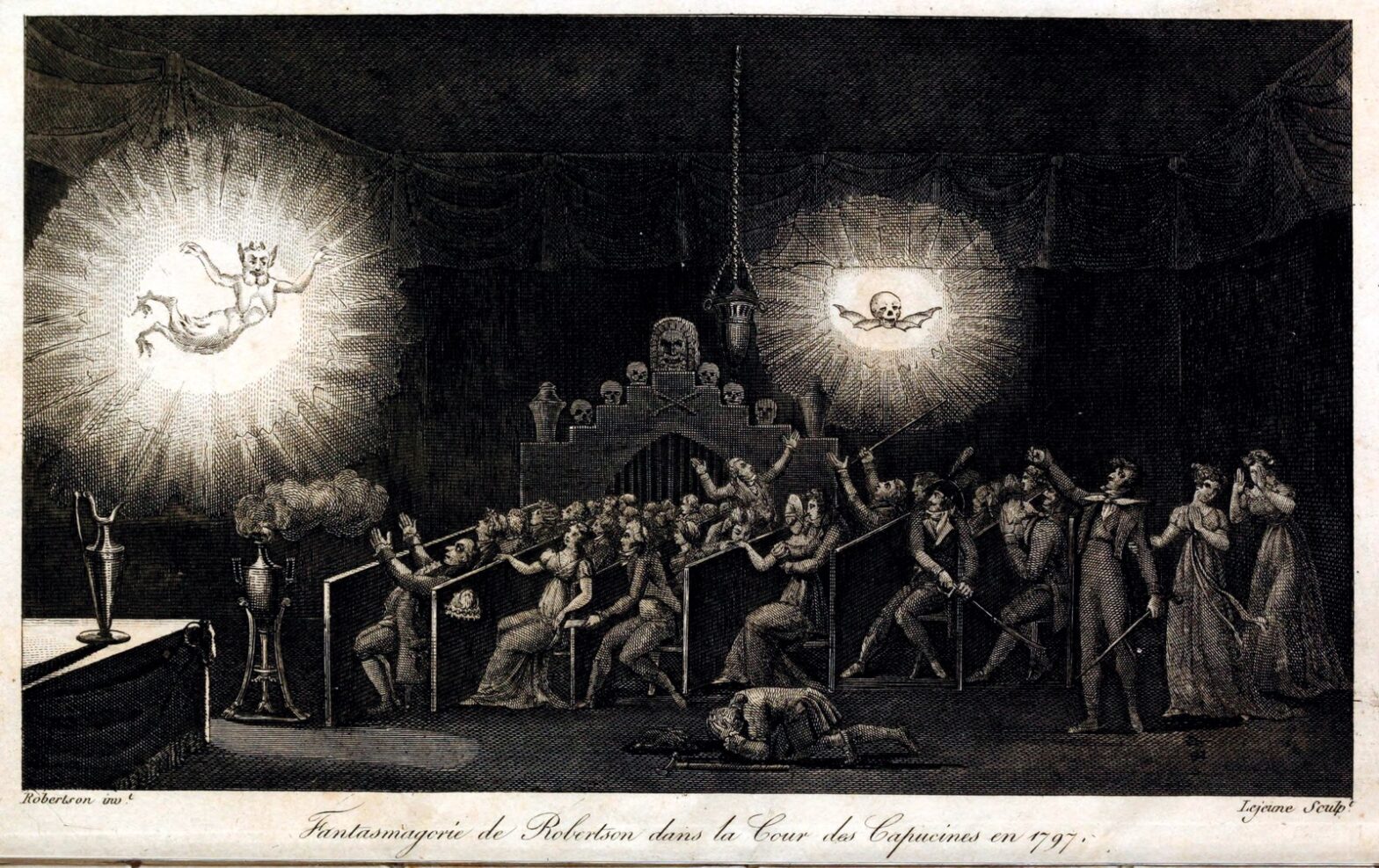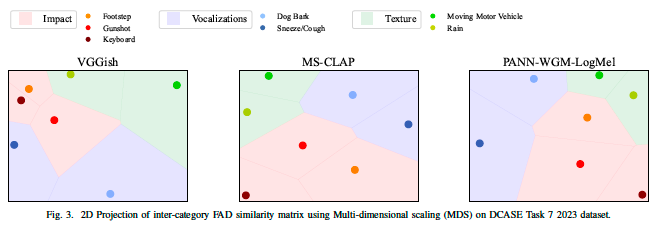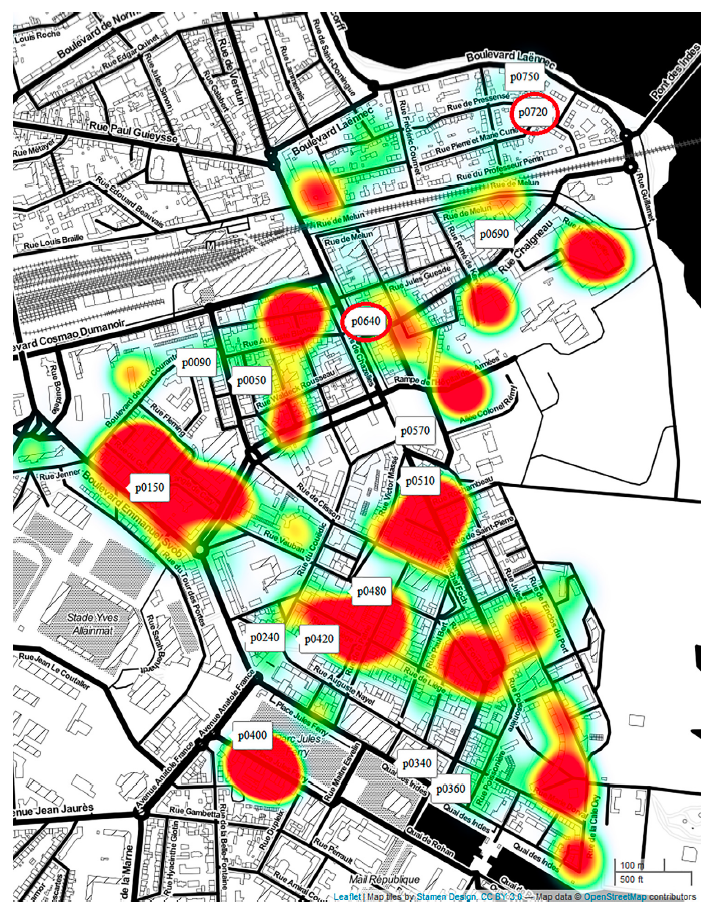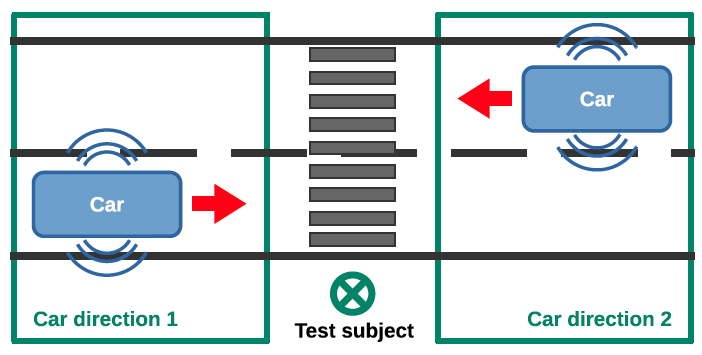Sound synthesis with computers is often described as a Turing test or “imitation game”. In this context, a passing test is regarded by some as evidence of machine intelligence and by others as damage to human musicianship. Yet, both sides agree to judge synthesizers on a perceptual scale from fake to real. My article rejects this premise and borrows from philosopher Clément Rosset’s “L’Objet singulier” (1979) and “Fantasmagories” (2006) to affirm (1) the reality of all music, (2) the infidelity of all audio data, and (3) the impossibility of strictly repeating sensations. Compared to analog tape manipulation, deep generative models are neither more nor less unfaithful. In both cases, what is at stake is not to deny reality via illusion but to cultivate imagination as “function of the unreal” (Bachelard); i.e., a precise aesthetic grip on reality. Meanwhile, i insist that digital music machines are real objects within real human societies: their performance on imitation games should not exonerate us from studying their social and ecological impacts.
Tag: perception and cognition
Correlation of Fréchet Audio Distance With Human Perception of Environmental Audio Is Embedding Dependent @ EUSIPCO
This paper explores whether considering alternative domain-specific embeddings to calculate the Fréchet Audio Distance (FAD) metric can help the FAD to correlate better with perceptual ratings of environmental sounds. We used embeddings from VGGish, PANNs, MS-CLAP, L-CLAP, and MERT, which are tailored for either music or environmental sound evaluation. The FAD scores were calculated for sounds from the DCASE 2023 Task 7 dataset. Using perceptual data from the same task, we find that PANNs-WGM-LogMel produces the best correlation between FAD scores and perceptual ratings of both audio quality and perceived fit with a Spearman correlation higher than 0.5. We also find that music-specific embeddings resulted in significantly lower results. Interestingly, VGGish, the embedding used for the original Fréchet calculation, yielded a correlation below 0.1. These results underscore the critical importance of the choice of embedding for the FAD metric design.
ReNAR: Reducing Noise with Augmented Reality
Noise pollution has a significant impact on quality of life. In the office, noise exposure creates stress that leads to reduced performance, provokes annoyance responses and changes in social behaviour. Headphones with excellent noise-cancelling processors can now be acquired in order to protect oneself from the noise exposure. While these techniques have reached a high… Continue reading ReNAR: Reducing Noise with Augmented Reality
Multidimensional analyses of the noise impacts of COVID-19 lockdown @ JASA
An interactive bi-objective optimisation process to guide the design of electric vehicle warning sounds @ Design Science
Abstract Electric vehicles (EVs) are very quiet at low speed, which can be hazardous for pedestrians, especially visually impaired people. It is now mandatory (since mid-2019 in Europe) to add external warning sounds, but poor sound design can lead to noise pollution, and consequently annoyance. Moreover, it is possible that EVs are not sufficiently detectable… Continue reading An interactive bi-objective optimisation process to guide the design of electric vehicle warning sounds @ Design Science




